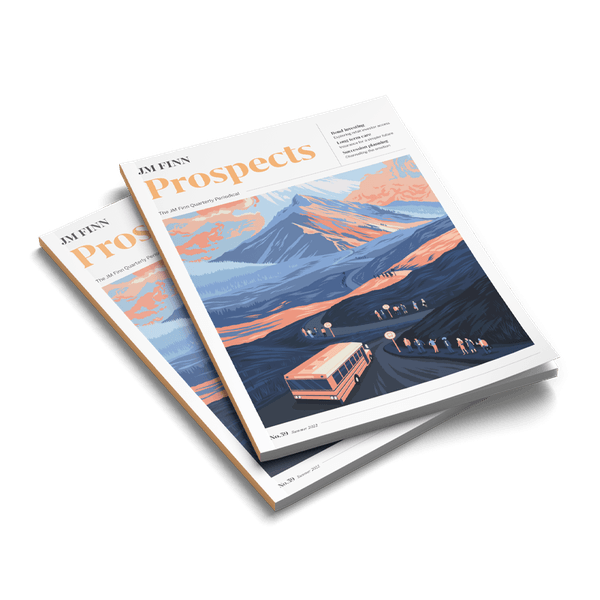Up until recently, the group was broken into three hearing related segments with Hearing Instruments the largest, containing the core hearing aid business. Sonova sells a range of in-ear and behind-the-ear hearing instruments, many of which are sold under the Phonak brand.
The second business manufacturers Cochlear Implants: devices made for those whose hearing loss is too bad for hearing aids. Finally, they also have an Audiological Care business which provides hearing assessments and maintenance services to tie in with their other product offerings.
More recently, Sonova added a fourth string to their bow when they acquired the consumer division of Sennheiser, a producer of high end earbuds and headphones. This acquisition marks a shift outside of Sonova’s previous area of expertise, although management argue there are various synergy benefits, given the similarities in product.
Sonova has delivered 4.4% organic growth over the last ten years (5.7% for the 9 years prior to the pandemic). They saw sales turn negative in 2021 as pandemic restrictions limited their ability to retail their products and reduced the number of hearing check-ups being conducted. Importantly though, Sonova still outperformed the wider hearing aid market, plus many of its peers, with revenue growth in constant currency declining -6.7%, compared to the global hearing aid market’s estimated -15% decline. Historically the group’s growth has been largely organic, however the Sennheiser consumer division will add an extra 10% to group revenue and is thus material inorganic growth.
Management argue that with the acquisition they have gained access to consumers earlier in their hearing journey. Sonova previously tried to enter this market through their own organically developed products, however they soon realised brand recognition was lacking. They argue that headphone usage can be a gateway into using medical devices, however the brands are to remain separate. Therefore, it is difficult to see how this transition will take place in reality.
In the core business, Sonova distributes its hearing aids through both retail (40% of revenue) and wholesale channels (60%). Through the wholesale business, Sonova sells hearing aids to discerning audiologists who then recommend these products to their patients. This vindication of their products by professionals is encouraging and these relationships should help to make demand stickier: once an audiologist becomes comfortable with a particular product they are likely to continue using it.
The hearing aid market is dominated by a few large players, with Demant and WS Audiology notable competitors. Sonova’s exact market share is hard to determine precisely but it claims to be the #1 in hearing instrument manufacturing and #2 in hearing aid retail. Sonova also claims #2/3 in the cochlear implants segment.
Sonova’s margins have historically been impressively stable with the adjusted cash profit margin hovering around 25% since 2011 and trending upwards in the last three years to reach 30%. Importantly, a large amount of this then gets converted into cash, with a cash conversion ratio of 90%+ in recent years. Sonova exhibits a strong balance sheet with net debt representing only a 0.3x multiple of EBITDA.
Evidently Sonova’s prospects will be governed by the growth of the hearing aid market; a key driver here is demographics. As populations age, the occurrence of hearing loss increases and therefore the demand for hearing aids should increase in addition to the natural growth in population size. This, in conjunction with greater testing and penetration of hearing aids, should drive growth in the market.
The caveat is that hearing aids are arguably a discretionary spend. Customers could forgo spending on hearing aids if incomes are squeezed, as hearing loss is something that people often bear without seeking treatment. This exposure makes the demand for Sonova’s products less certain than say for a heart valve.
Forecasts for the hearing aid market vary widely however many are expecting a mid-single digit annual growth rate, with Sonova forecasting c.3-5% growth for the hearing instruments market. Management expect to outgrow this as they have done historically and forecast 6-9% growth per annum in the mid-term.
The key question that hangs around the stock will be the integration of Sennheiser’s consumer division. The business is not an obvious fit for Sonova and investors will be watching closely for the realisation of the ostensible synergy benefits. The jury remains out on whether this acquisition was wise although the core business seems steady and well underpinned by structural growth drivers, albeit potentially exposed to a consumer slowdown.




